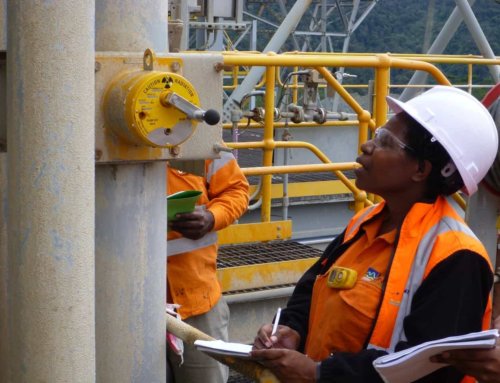There is a lot of information available internationally and within Australia on ‘safe’ levels of radiation exposure and on legislative dose limits.
Although Dose Limitation is an important radiological management principle (legally required, clearly), it is also useful to explore the Dose Justification and Dose Optimisation principles.
Justification involves a demonstration that there is a net benefit from a practice which leads to exposure to radiation.
Optimisation is employed to make the best use of resources in reducing radiation risks, once a practice has been justified. The broad aim is to ensure that the magnitude of individual doses, the number of people exposed, and the likelihood that potential exposures will actually occur should all be kept As Low As Reasonably Achievable (ALARA), economic and social factors being taken into account. ALARA is sometimes also known as ALARP – As Low as Reasonably Practicable.
Limitation of dose or risk is used to place bounds on risk to individuals so that risks do not exceed a value which would be considered unacceptable for every day, long-term exposure to radiation.
Radiation exposure is regulated, and limits are imposed as follows (note, these limits do not include background or medical exposure). Occupational exposures are classed as being incurred at work and principally as a result of working directly with radiation.
Protection rules are designed to keep doses within acceptable limits as determined by the International Commission for Radiological Protection (ICRP).
At RSWA, we find the common example and explanation from ICRP somewhat unhelpful, in that they go on to state that the whole body annual effective dose limit for occupationally exposed persons is 20 mSv, averaged over 5 years (with no single year to exceed 50mSv) with an annual equivalent dose limit for the eyes of 150 mSv and for the skin 500 mSv.
In fact, this 20mSv annual limit only applies to persons who are ‘designated radiation worker’s’. A designated radiation worker is a person who is likely to (or may reasonably) receive an annual dose in excess of 1mSv (averaged over 5 years) from their workplace. A designated radiation worker shall receive additional radiation safety training and participate in the operation’s routine radiation monitoring program.
RSWA has developed a unique way to explain whole body effective dose limits – as detailed in the below table – by offering an explanation of this concept with clarity provided for public, non-radiation workers, radiation workers, and designated (occupational) radiation workers.
Occupational / Designated Radiation Workers | Radiation Workers (NOT designated) | Non-radiation workers | Public | |
Definition | A radiation worker who has the potential to exceed 1 mSv/y. Personal radiation dose monitoring must be performed. | A person who may be exposed to radiation arising from their direct involvement with sources of radiation in the course of their work | Persons exposed to radiation in their workplace that do not have direct involvement with radiation sources during the course of their work. | Persons exposed to radiation from a workplace in which they are not working. |
Whole Body Effective Dose Limits (average) | 20 mSv/y | 1 mSv/y | 1 mSv/y | 1 mSv/y |
Single year max dose | 50 mSv/y | 5 mSv/y | 5 mSv/y | 5 mSv/y |






